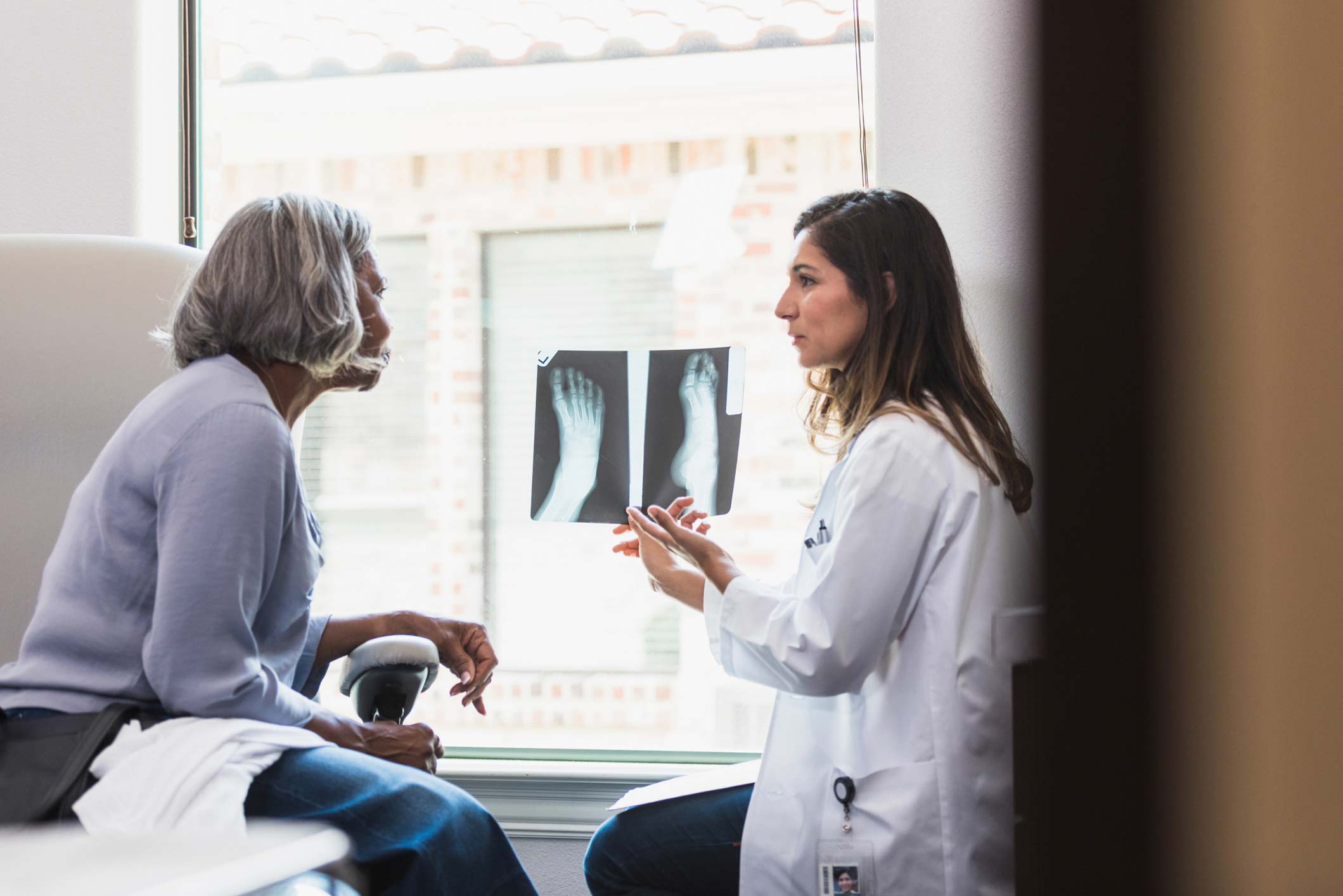
There needs to be much more focus on the prevention of osteoporotic fractures in Ireland and globally, rather than simply trying to fix bones after they break, according to the President of the Irish American Orthopaedic Society.
Speaking at the IOS 2022 Annual Medical Conference, Mr Derek Bennett, Consultant Orthopaedic Surgeon in Galway and Mayo, noted that osteoporosis is a leading cause of fractures that necessitate orthopaedic surgery, with these patients also having the poorest outcomes.
Moreover, the projected incidence of hip fractures is expected to increase dramatically as people live longer, with greater complexity of fractures.
“And what impact does this have on our beds? We also know that osteoporosis already accounts for more bed days than breast cancer, diabetes or heart attacks combined. So it really is a huge issue and can we reliably expect to refer all these problems to the local orthopaedic surgeon, and have them fix them? [No].”
He pointed out that Ireland has long had one of the lowest number of orthopaedic surgeons in Europe, “with no signs this is going to change any time soon” despite increased demand. In 2021, 20 per cent of all HSE outpatient attendances were to fracture clinics.
“We are facing a tsunami of patients with fractures, with a thin blue line of orthopaedic surgeons,” he said. “So, very clearly, we have to become more focused on prevention.”
Mr Bennett maintained that orthopaedic surgeons need to move away from just treating the consequences of osteoporosis, rather than the disease itself.
“We’re always very focused on how we fix the fracture, and advancing how we treat them, but perhaps we should
be more focused on recognising and treating the underlying disease, osteoporosis…. And on prevention of osteoporotic fractures.”
He also noted that 20 per cent of hip fracture patients die within six months.
“Many of the rest of them suffer a permanent disability and are unable to live independently and lose [the ability to carry out] a lot of their activities of daily living, [eg washing themselves],” Mr Bennett told the conference.
“So the bottom line from all this is we certainly cannot resolve the problem of osteoporosis by throwing resources at fixing the fractures – we’ve got to come up with a new paradigm where we recognise that there is underlying disease and try to prevent it. The key to this is to have a team approach [to include fracture liaison nurses and physiotherapists].”





Leave a Reply
You must be logged in to post a comment.